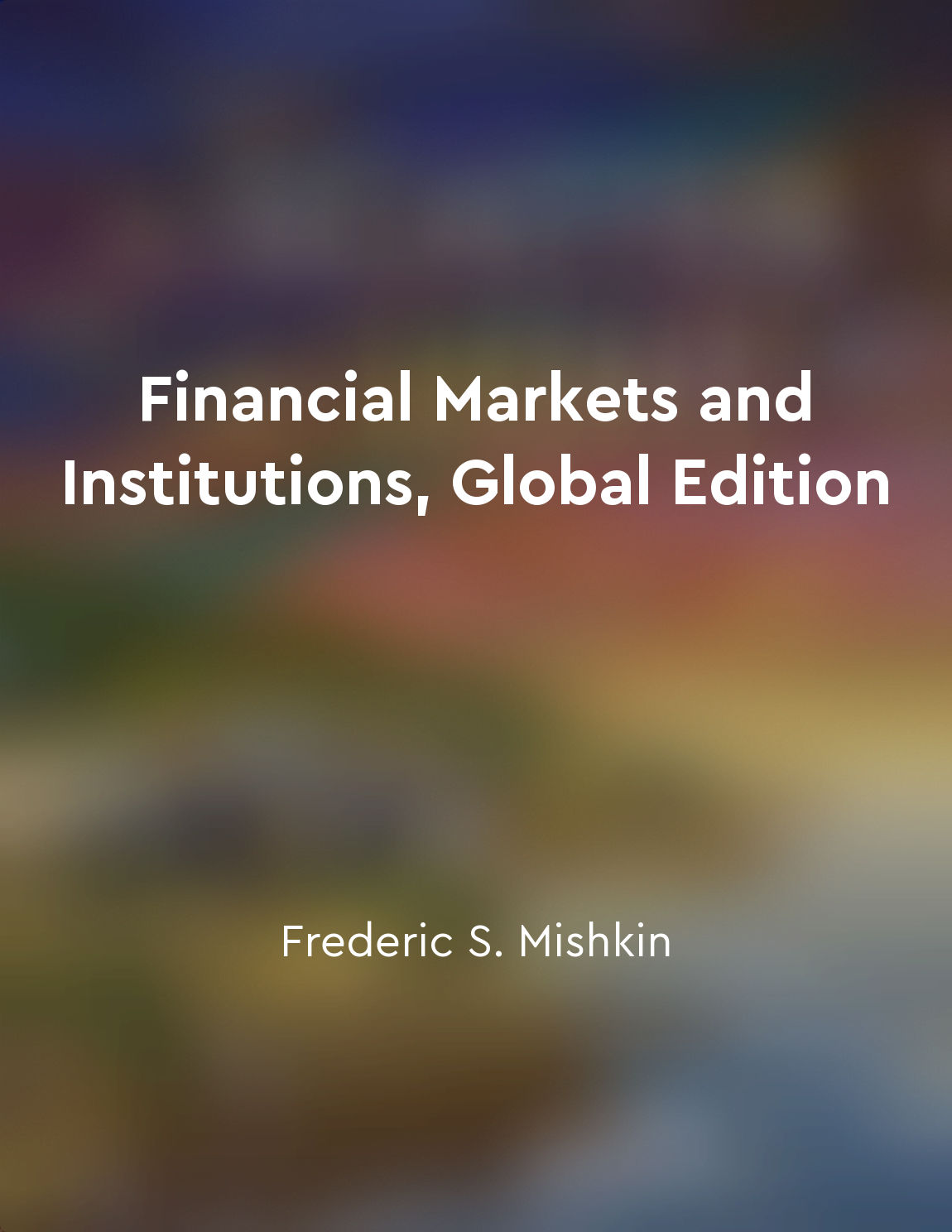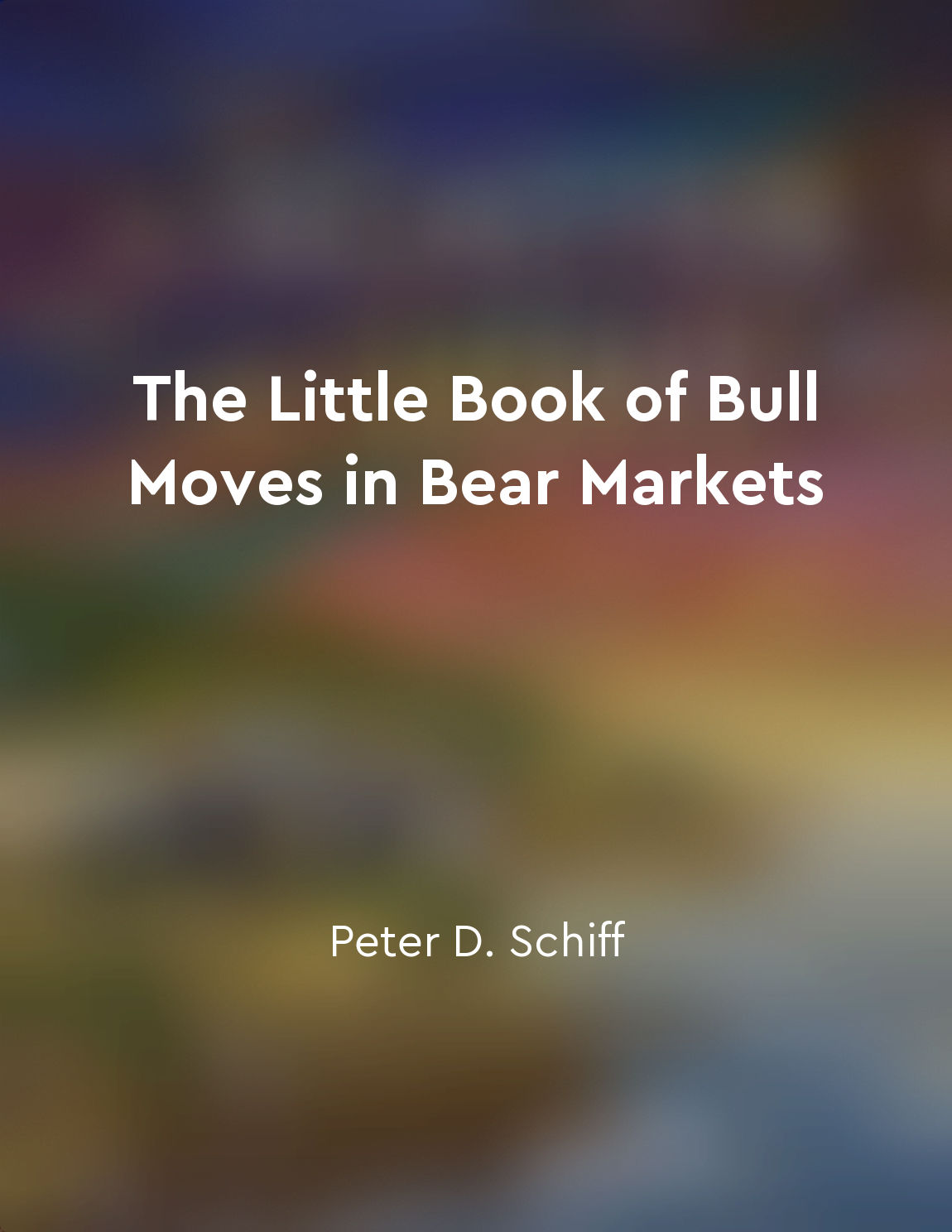The gold standard played a central role in US. monetary policy during this time from "summary" of A Monetary History of the United States, 1867-1960 by Milton Friedman,Anna Jacobson Schwartz
The gold standard was a cornerstone of US monetary policy during the period covered in the book. It was a system in which the value of a country's currency was directly linked to a specific amount of gold. This meant that the US dollar was convertible into gold at a fixed rate. The gold standard provided stability to the monetary system by limiting the ability of governments to print money at will. Under the gold standard, the supply of money was tied to the amount of gold held by the government. This meant that the money supply could only increase in line with the growth of the gold reserves. As a result, inflation was kept in check and the value of the currency remained relatively stable. The gold standard also played a central role in shaping the behavior of central banks. Central banks were responsible for maintaining the gold reserves and ensuring that the currency remained convertible into gold. This required them to carefully manage the money supply to prevent runs on the gold reserves. However, the gold standard was not without its drawbacks. One of the main criticisms of the gold standard was that it limited the ability of governments to respond to economic downturns. Since the money supply was tied to the gold reserves, central banks had little room to maneuver in times of crisis. This often exacerbated economic downturns and made recovery more difficult. Despite these limitations, the gold standard remained a key feature of US monetary policy during this time. It provided a sense of stability and predictability to the monetary system, which was valued by policymakers and the public alike. The gold standard was eventually abandoned in the early 20th century, but its impact on US monetary policy during this period was significant.Similar Posts
Economic indicators influence currency values
Economic indicators provide key insights into the health and performance of a country's economy. These indicators include data ...
Derivatives can be used to hedge against risk
Derivatives can play a crucial role in managing risk. Companies face various risks in their day-to-day operations, ranging from...

Financial markets play a crucial role in allocating resources efficiently
Financial markets are essential components of the economy as they help in the efficient allocation of resources. These markets ...
Financial regulation aims to prevent market failures
Financial regulation plays a crucial role in maintaining stability and efficiency in financial markets. One of the primary obje...
Financial institutions play a crucial role in market equilibrium
Financial institutions are key players in the functioning of financial markets. They provide the necessary infrastructure for t...
The Phillips curve shows the tradeoff between inflation and unemployment
The Phillips curve is a fundamental concept in economics that illustrates the relationship between inflation and unemployment. ...
Importance of infrastructure in economic growth
Infrastructure plays a crucial role in the economic growth of a country. It is the basic physical and organizational structures...

High levels of consumer debt can lead to economic instability
When consumers carry high levels of debt, they are essentially spending money they haven't earned yet. This can create a false ...

Interest rates impact borrowing and spending decisions
Interest rates play a critical role in influencing individuals' and businesses' borrowing and spending decisions. When interest...

Financial institutions face challenges in managing risks
Managing risks is a critical aspect of the operations of financial institutions. These institutions are exposed to various type...
